ARTICLE AD BOX
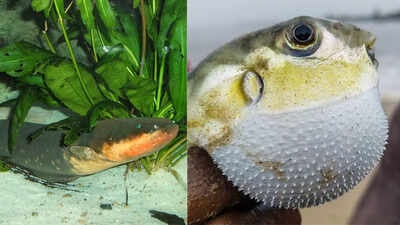
The ocean is full of beauty and mystery but beneath the surface there are creatures that swim and are very friendly. While many fish are harmless, some possess deadly weapons like venom, razor-sharp teeth and powerful electric shocks.
These dangerous fishes can seriously injure or even kill the humans who get too close to them. From stealthy hunters to venomous ambush predators, these species are built for survival and dominance. In this list, we’ll dive into 10 of the world’s most dangerous fishes that are the creatures you definitely wouldn’t want to meet while swimming, diving or fishing. Prepare to discover just how deadly life underwater can truly be.
10 deadliest fishes in the world
StonefishThe stonefish is considered the most venomous fish in the world and is found in the shallow coastal waters of the Indo-Pacific region. Its rough and rock-like appearance allows it to blend perfectly with the ocean floor which makes it easy for swimmers to accidentally step on it. When threatened, the stonefish defends itself by injecting venom through sharp spines on its back. The sting causes severe pain, swelling, tissue damage and in extreme cases can be fatal without quick medical treatment.
Despite its deadly nature, the stonefish is not aggressive and uses its camouflage to ambush prey like small fish and crustaceans.
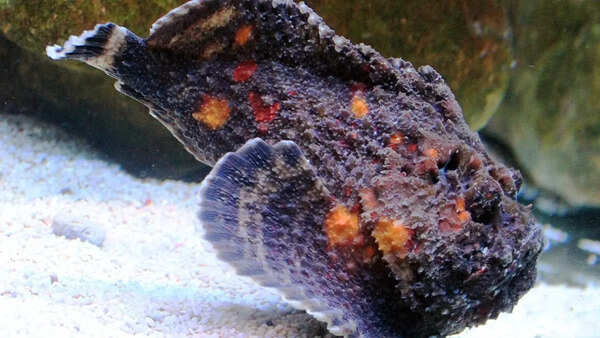
Source: Wikipedia
Moray eelThe moray eel is a fearsome predator found in warm and tropical seas around coral reefs and rocky crevices. With long snake-like bodies and sharp backward-facing teeth, moray eels can deliver painful and flesh-tearing bites. While they are not venomous, some species have toxic mucus on their skin and bites can easily become infected.
Moray eels are generally shy and attack only when provoked or surprised often when divers place their hands near their hiding spots.
Despite their aggressive appearance, they primarily hunt small fish and crustaceans at night. Their powerful jaws and sudden strikes make them one of the ocean’s more dangerous predators.
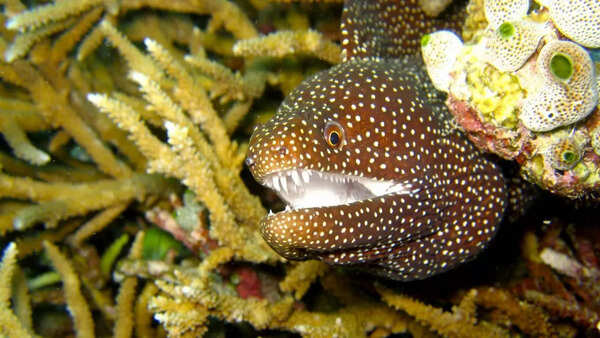
Source: Wikipedia
Puffer fishThe pufferfish is also known as a blowfish or fugu that may look harmless but it is one of the deadliest fish in the ocean.
They are found in warm and tropical seas and can inflate their bodies into a balloon-like shape when threatened that makes them hard to swallow. The real danger however, lies in their highly toxic internal organs, which contain tetrodotoxin that is a poison over 1,000 times more lethal than cyanide.
Just a small dose can cause paralysis and death in humans with no known antidote. While some species are eaten in Japan as a delicacy, it must be carefully prepared by licensed chefs to avoid poisoning.

Source: Wikipedia
StingrayThe stingray is a common but potentially dangerous fish found in warm coastal waters worldwide. It has a flat disc-shaped body with a long whip-like tail that is equipped with one or more venomous barbs. When threatened or accidentally stepped on, the stingray can deliver a painful sting that injects venom that can cause severe pain, swelling, muscle cramps and sometimes serious injury. Though stingrays are generally docile and prefer to avoid humans, accidents happen especially in shallow waters.
Quick medical treatment is essential to prevent complications. Stingrays use their tails defensively and feed mostly on small fish and crustaceans.
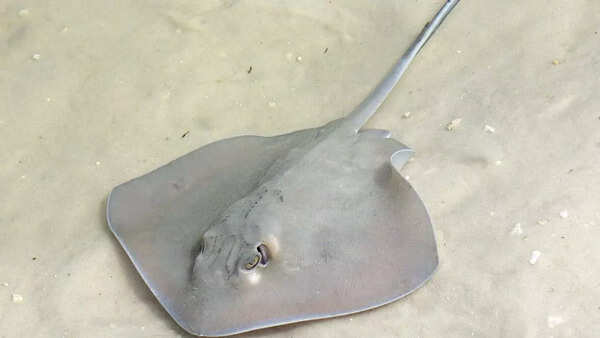
Source: Wikipedia
Great white sharkThe great white shark is one of the ocean’s most feared predators that are found in coastal and offshore waters worldwide. They are known for their size, power and sharp teeth and can grow up to 20 feet long. Great whites are apex predators and their feeding mainly on seals, fish, and sometimes whales.
While attacks on humans are rare, their powerful bite can cause severe injury or death. They rely on keen senses, including the ability to detect electrical signals from prey.
Despite their fearsome reputation, great white sharks play a crucial role in maintaining the balance of marine ecosystems.
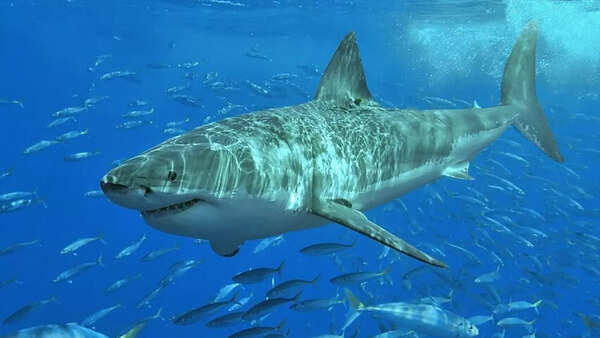
Source: Wikipedia
LionfishThe lionfish is a striking and venomous fish native to the Indo-Pacific but now invasive in the Atlantic and Caribbean.
They are known for their long, flowing spines and bold stripes, the lionfish uses its venomous spines as a defense mechanism. A sting from these spines can cause intense pain, swelling and sometimes serious allergic reactions in humans. Despite this, lionfish are aggressive hunters that prey on small fish and crustaceans, often disrupting local ecosystems by outcompeting native species.
Their rapid reproduction and lack of natural predators have made them a significant ecological threat in invaded waters.
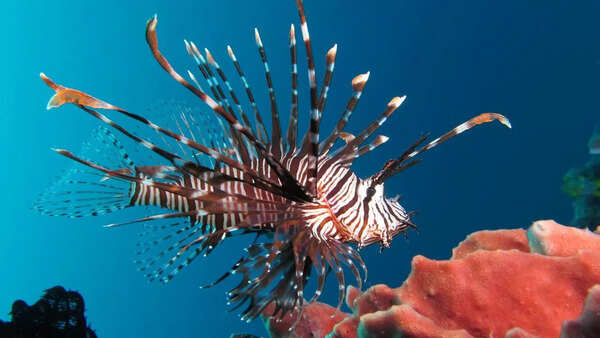
Source: Wikipedia
CandiruThe candiru is also known as the toothpick fish which is a tiny parasitic fish found in the Amazon River. Despite its small size which is often less than 6 inches, it is infamous for its unusual behavior. The candiru is attracted to the water expelled from the gills of larger fish and can accidentally invade human urethras, causing extreme pain and medical emergencies. It feeds by attaching itself to the host’s blood vessels with sharp spines.
Although attacks on humans are rare, the candiru’s reputation as a dangerous fish makes it one of the most feared creatures in the Amazon.
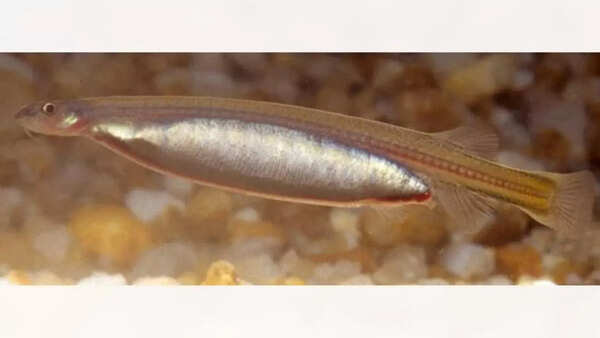
Source: Wikipedia
Electric eelThe electric eel is a fascinating but dangerous freshwater fish found in South American rivers and swamps. Despite its name, it’s actually a type of knifefish and not a true eel. It can generate powerful electric shocks of up to 600 volts to stun prey, defend itself and navigate murky waters.
These shocks can cause severe pain, muscle spasms and even heart failure in small animals and humans if multiple shocks are delivered.
While not usually fatal to humans, encounters with electric eels can be dangerous, especially in water. Their unique ability to produce electricity makes them one of the most remarkable fish in the world.
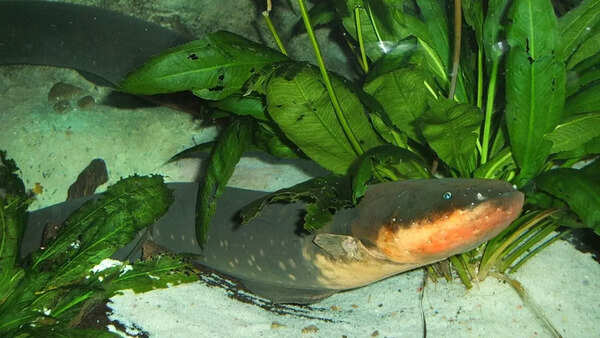
Source: Wikipedia
BarracudaThe barracuda is a sleek and fast predator which is found in tropical and subtropical oceans worldwide.
They are known for their elongated body, sharp teeth and powerful jaws, the barracuda can reach speeds of up to 35 mph. It hunts small fish with sudden bursts of speed and strong bites. While barracudas are not venomous, their sharp teeth can cause serious injuries to humans if provoked or mistaken for prey. They are often curious and may approach swimmers or divers.
Despite their fierce appearance, barracudas play an important role in marine food chains as efficient hunters.
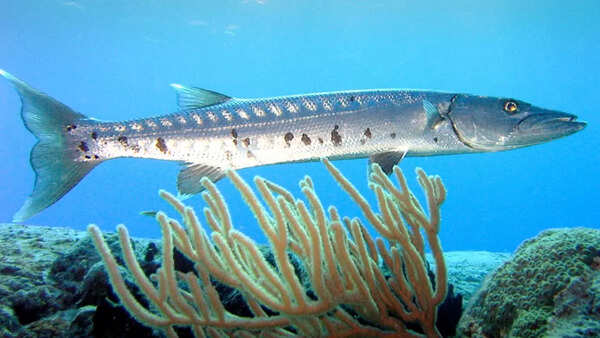
Source: Wikipedia
PiranhasPiranhas are notorious freshwater fish that are found mainly in South American rivers and lakes. They are known for their sharp, triangular teeth and powerful jaws; they often hunt in groups, feeding on fish, insects and occasionally larger animals. While their reputation for ferocity is somewhat exaggerated, piranhas can deliver painful bites that may cause serious injury, especially when food is scarce or they feel threatened.
Despite this, they usually avoid humans and prefer scavenging. Piranhas play a vital ecological role by helping keep waterways clean and maintaining balance in their aquatic environments.
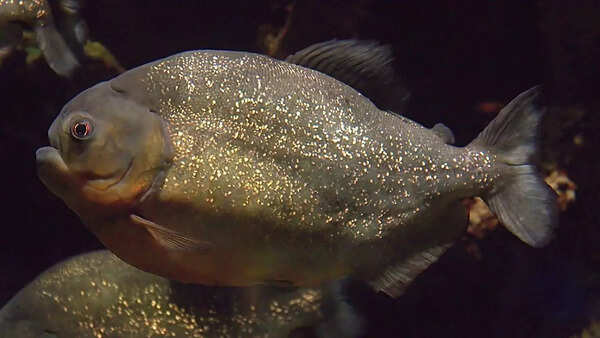
Source: Wikipedia
Also read: Discover 10 unique jellyfish species and their interesting facts



.png)
.png)
.png)
















 1 day ago
10
1 day ago
10









 English (US) ·
English (US) ·